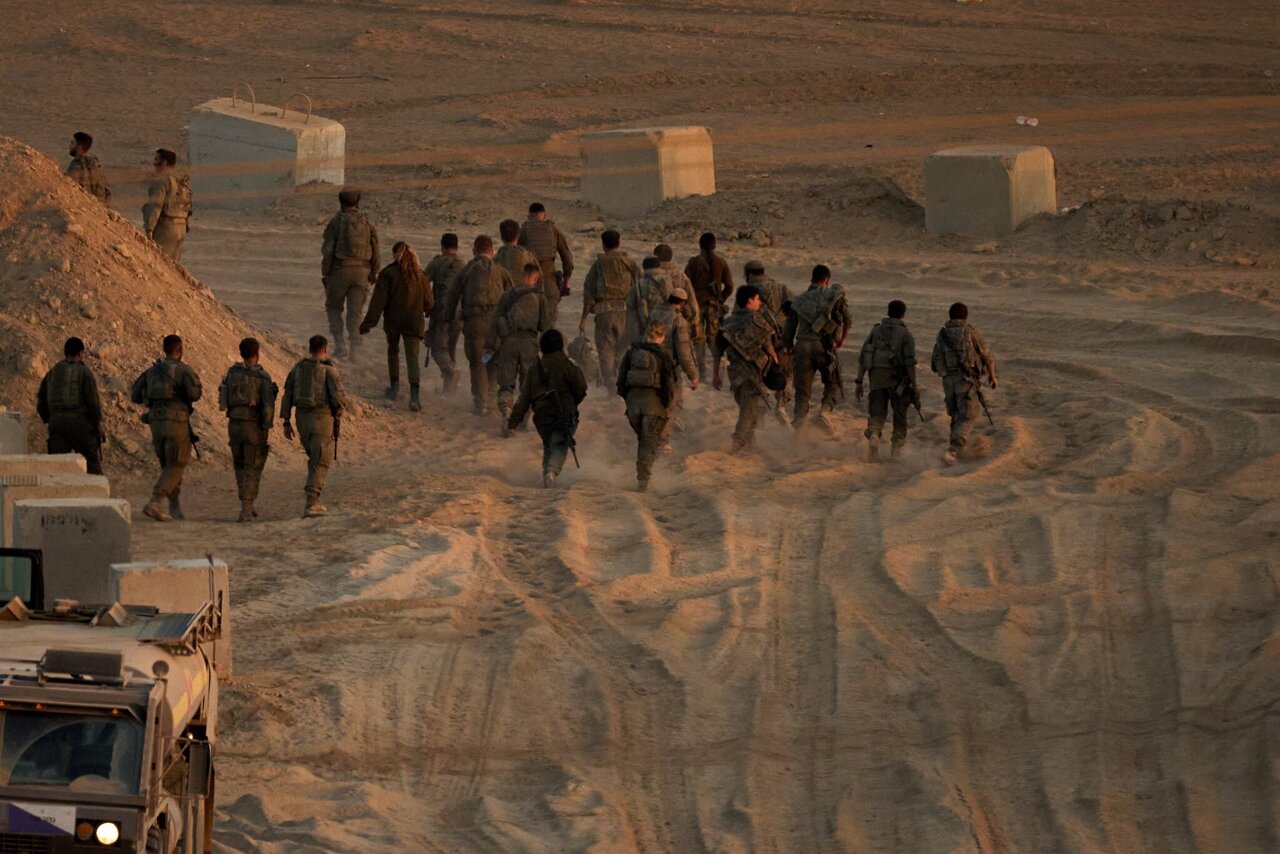Genocide — and Nothing Else

TEHRAN- Over two years since the start of the brutal Israeli military campaign in the Gaza Strip, a comprehensive report from the Government Media Office in Gaza has laid bare the devastating human, social, and infrastructural toll inflicted upon the enclave’s population.
This report, covering 735 days of relentless bombardment, starvation, and deprivation, declares the conflict one of the most horrific genocidal campaigns in modern history. Yet, despite the catastrophic destruction and loss of life, Israel neither succeeded to eradicate Hamas nor secured the unconditional release of hostages, while facing unprecedented international isolation.
This outcome, marked by immense human suffering and diplomatic fallout, underscores a profound strategic miscalculation.
Escalation and military campaign
The conflict escalated rapidly following the October 7 attack, prompting Israeli Prime Minister Benjamin Netanyahu to declare war aims centered on dismantling Hamas’s military and governing capabilities, recovering all captives, and ensuring Israel’s long-term security.
The operation, dubbed “Iron Swords,” involved extensive aerial bombardments, ground invasions, and the imposition of severe restrictions on aid and movement. By mid-2024, Israel had gained control of significant portions of Gaza, including the Philadelphi Corridor along the Egyptian border.
Major events included the invasion of Gaza City in late 2023, the bombardment of designated safe zones like al-Mawasi over 150 times, and the closure of crossings for more than 600 days, exacerbating humanitarian crises. The war endured for 735 days until a ceasefire agreement was approved on October 9, 2025, facilitating partial Israeli withdrawals and hostage releases.
Human and infrastructural toll
The Gaza Media Office report details the extreme human and infrastructural toll of the Israeli campaign, noting that over 200,000 tons of explosives were dropped on Gaza’s 2.3 million residents, with the al-Mawasi area — officially labeled a “safe humanitarian zone” — bombed more than 150 times.
The report describes this as a systematic targeting of civilians, not accidental, resulting in roughly 77,000 killed or missing, including over 20,000 children, 12,500 women, and 1,000 infants, among them 450 newborns. More than 39,000 families were devastated, many entirely wiped out.
The assault claimed the lives of 1,670 medical workers, 254 journalists, 140 civil defense personnel, as well as over 1,000 police, municipal, and humanitarian workers, while leaving 170,000 injured, including thousands critically wounded or amputees.
Infrastructure was devastated, with the destruction of 38 hospitals, 670 schools, 165 universities, dozens of health centers, and 835 mosques, alongside repeated attacks on ambulances. The office emphasized that these attacks aimed to eradicate Palestinian awareness by denying access to education and healthcare, underscoring the broader systematic nature of the campaign’s impact.
Civilian infrastructure suffered extensively, with 90% destruction, including hospitals, schools, and mosques. While these figures require independent verification from organizations such as the United Nations or humanitarian agencies, they align with assessments by Amnesty International and UN commissions concluding that Israel committed genocide in Gaza.
Failed expulsion and Hamas’s resilience
Central to Israel’s failure is the unachieved objective of forcibly expelling Palestinians from Gaza. Initial plans, discussed in Israeli circles and reported in outlets like the Associated Press, involved resettling Palestinians in countries such as South Sudan or concentrating them in internment-like camps in southern Gaza, such as the ruins of Rafah.
A UN report highlighted Israel’s intent for permanent control and demographic shifts to establish a Jewish majority in occupied territories. However, despite controlling over 80% of Gaza at points and displacing nearly two million into makeshift tents, mass expulsion did not materialize.
International pressure, including from the International Court of Justice (ICJ) ordering prevention of genocidal acts, and resistance on the ground thwarted these efforts. The ceasefire’s partial withdrawal underscores this setback, as Palestinians remain in Gaza amid ongoing reconstruction calls.
Equally unfulfilled was the goal of completely destroying Hamas. Israeli officials claimed by 2025 that the group’s military structure was dismantled, with former War Minister Yoav Gallant stating the military had achieved all objectives. Yet, analyses from ACLED and Al Jazeera indicate Hamas retains operational capabilities, having recruited up to 30,000 new fighters and adapted through underground networks.
Far from elimination, the campaign inadvertently elevated the Palestinian cause to global prominence. Protests worldwide, from Western cities to Arab capitals, surged in solidarity, with Sharq Forum noting a breakdown of narratives and policy shifts favoring Palestinian rights. The globalization of protests stems from media coverage of civilian suffering, amplifying calls for a two-state solution and human rights.
Diplomatic fallout and global condemnation
The operation has engendered profound shame and international censure for Israel, eroding its diplomatic standing. Global outrage intensified, with CNN reporting widespread dissent even at Gaza’s borders and UN experts criticizing Western support amid genocidal findings.
Diplomatic fallout included isolation at the UN, where Pacific islands provided rare backing amid broader condemnation. The ICJ’s provisional measures and Amnesty’s reports framed events as consistent with genocide, prompting boycotts and strained alliances.
“Israel’s warfare methods in Gaza are consistent with the characteristics of genocide,” stated a UN Special Committee, highlighting mass casualties and life-threatening conditions.
Hamas’s refusal to release captives unconditionally further highlights Israel’s setbacks. Of the original captives, releases occurred sporadically through negotiations, culminating in the 2025 ceasefire deal exchanging captives for Palestinian prisoners. This conditional framework, rather than unilateral surrender, reflects Hamas’s enduring leverage despite military pressure.
In synthesis, these failures have reshaped regional dynamics, bolstering Palestinian mobilization through heightened global awareness and weakening Israel’s position amid accountability demands.
The UN Palestinian Rights Committee’s annual report calls for investigations and reconstruction, urging a genuine cessation that addresses blockade and dignity. As Gaza faces $70 billion in losses and a humanitarian abyss, the conflict’s legacy warns of the perils of protracted warfare without viable political horizons.